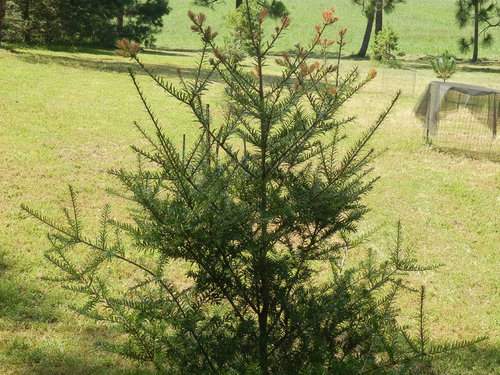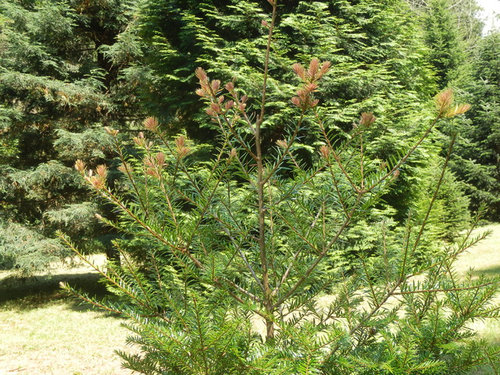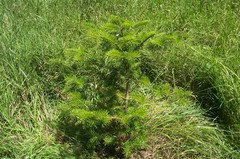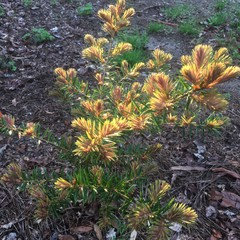Keteleeria davidiana
conifer50
6 years ago
Featured Answer
Sort by:Oldest
Comments (20)
davidrt28 (zone 7)
6 years agolast modified: 6 years agoRelated Professionals
Elwood Landscape Architects & Landscape Designers · Erie Landscape Architects & Landscape Designers · Oatfield Landscape Architects & Landscape Designers · Port Royal Landscape Architects & Landscape Designers · Rancho Palos Verdes Landscape Architects & Landscape Designers · Richmond Heights Landscape Architects & Landscape Designers · Barrington Landscape Contractors · Edwardsville Landscape Contractors · El Mirage Landscape Contractors · Lake Zurich Landscape Contractors · Los Banos Landscape Contractors · Petaluma Landscape Contractors · Richmond Landscape Contractors · Rockwall Landscape Contractors · Chicago Ridge Landscape Contractorspakersuga_z5b_z9a
6 years agoconifer50
6 years agodavidrt28 (zone 7)
6 years agolast modified: 6 years agobengz6westmd
6 years agodavidrt28 (zone 7)
6 years agolast modified: 6 years agoEmbothrium
6 years agolast modified: 6 years agodavidrt28 (zone 7)
6 years agolast modified: 6 years agoEmbothrium
6 years agolast modified: 6 years agobengz6westmd
6 years agolast modified: 6 years agodavidrt28 (zone 7)
6 years agobengz6westmd
6 years agolast modified: 6 years agodavidrt28 (zone 7)
6 years agolast modified: 6 years agobengz6westmd
6 years agoEmbothrium
6 years agolast modified: 6 years agodavidrt28 (zone 7)
6 years agolast modified: 6 years agobengz6westmd
6 years agoDana Harris
6 years ago
More Discussions















Embothrium